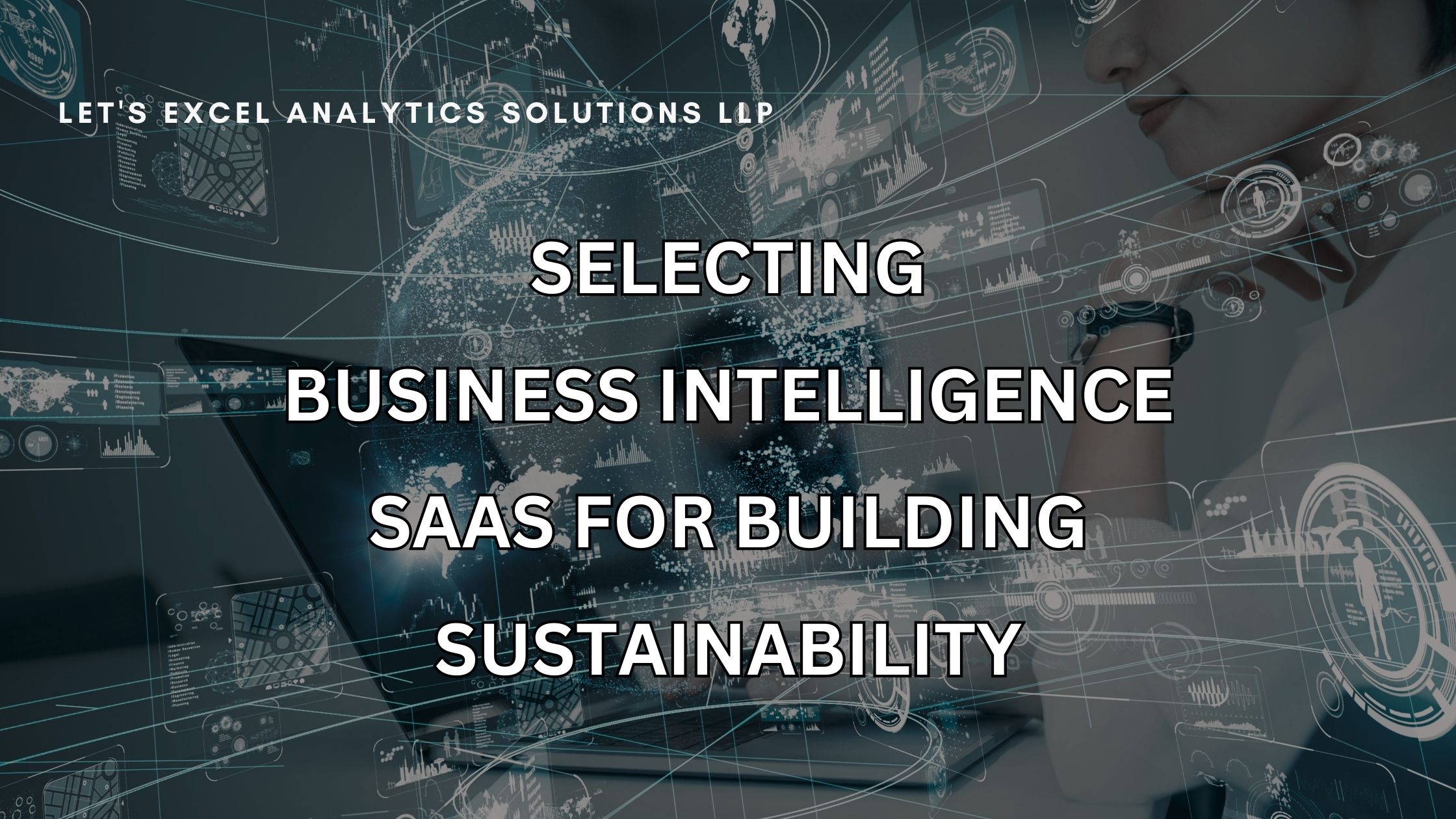Introduction
The application of the Internet of Things (IoT) is widely spread in all walks of our life. It creates an ecosystem where everything is connected and controlled using an application. This connectedness and remote control simplify and make our lives better. The basic idea behind the concept of the Internet of Things is already discussed in our previous blog. In this blog, we are going to discuss the various applicabilities of IoT in diverse fields. We will be focusing on the examples of the Internet of Things and its applications in retail, food, healthcare, manufacturing, and general consumer.
Various Examples of Internet of Things are Mentioned Below:
Retail analytics
- Internet of Things (IoT) has made possible the automation of warehouses. Warehouse automation refers to the process of movement of inventory in and out of the inventory without human intervention. IoT has enabled automatic replenishment of inventory by raising purchase and tracking it as well. This feature is known as demand-aware warehousing. Autonomous mobile robots have taken over the physical movement of inventory from their location to the shipping area. This movement is automatically captured by ERP.
- Imagine a situation when a long queue of customers is waiting for billing and the machine is down. This discourages customer turn-over and eventually affects the business. Alternatively, the breakdown of a deep freezer storing temperature-sensitive commodities could prove a huge loss to the business. To reduce such untimely downtimes, IoT could be leveraged to signal preventive maintenance needs in the first place.
- IoT allows smart transportation of goods through GPS tracking and routing of trucks. It also solves the challenges posed by the transportation of temperature-sensitive goods. The temperature tracking could be performed in real-time and the potential risks could be mitigated before actually happening.
- IoT uses video monitoring of customer traffic to get insight into potential buyers. If a customer is dwelling over the product, a store associate could be sent to attend to the customer to increase the likelihood of a sale. This video monitoring could also be used for training store associates. This feature also allows monitoring potential problems, like shop-lifting, and take timely appropriate actions.
Cold Chain in the Food Industry
IoT has solved the basic challenges experienced by the food and beverage industry:
- Food safety and traceability and
- Food wastage and cost.
- IoT-based sensors in the cold chain provide temperature, humidity, and light monitoring that offers unparalleled safety and traceability right from the farms to the retail grocery stores. All this data is available on the cloud and can be accessed anywhere over the internet. This forms an indispensable tool for an effective food safety strategy.
- Most of the food wastes in the food industry are attributed to gaps in supply chain management. IoT has been proved to reduce food waste significantly by filling in gaps in the supply chain. IoT enables automated data collection that provides real-time insight into effective supply chain management. This could drastically reduce the costs incurred due to food wastage.
IoT Assisted Patient Care
- Many IoT devices are available in the market that enables online monitoring of patient vital signs. This monitoring allows tracking the real-time health status of a patient and alerting patients in case of potential emergencies. In case of real emergencies, these devices can send SOS to hospitals and ambulatory services.
- There are very important application of IoT in elderly care. IoT-based automatic fall devices can predict the potential fainting or emergency and take immediate actions accordingly.
- Physicians are also using IoT devices for monitoring patients away from the hospital. For example, the technology monitoring the pacemaker implanted into the patient can provide meaningful insights into its working and potential failures.
General Consumer IoT
- Most of the appliances that we use today have IoT features. This includes air conditioners, refrigerators, vacuum cleaners, televisions, etc. All these devices are connected by a gateway and remotely controlled by a mobile app. For example, an air conditioner could be made to cool the house remotely before actually reaching home.
- The IoT can also be used to efficiently utilize energy at homes and reduce wastage in energy consumption. For example, smart home energy management systems allow real-time power tracking and adaptive energy usage to eliminate wastage.
- Smart smoke detectors can accurately indicate the location of the fire hazard and eventually activate fire extinguishing switches. The data collected using IoT improves visibility in high smoke during fire extinguishing exercises.
- Home security cameras with motion detection can deter and reduce burglaries. These devices also have two-way communication systems that can be used for effective pet care.
- Smart door locks use passcodes, fingerprint, and face detection for access into the house. These devices are connected to the internet and can also be controlled using a mobile app.
IoT in the manufacturing industry
- IoT-driven manufacturing employs advanced sensors to constantly collect data from the manufacturing process. This data is fed into cloud computing and acted upon by predictive analytics to get useful insights into the process. The potential excursions in quality attributes could be predicted well before it actually happens and corrective actions could be taken appropriately. This reduces process failures and averts huge losses to the business.
- IoT also alerts operators of potential breakdowns and performs preventive maintenance accordingly to avoid downtimes.
- IoT also has huge applicability in managing supply chain and distribution channels of the raw materials and finished goods respectively. This feature makes the manufacturing supply chain very robust and reduces wastage.
- IoT enables the interconnectivity of different operations of the manufacturing process so that each operation can digitally communicate with the other. This improves the efficiency of a manufacturing process significantly.
- It has realized the concept of remote manufacturing where an operation can be performed remotely using software or an app.
Conclusion
Internet of Things used in combination with cloud computing and predictive analytics have transformed our devices into smart entities that can mark their own best decisions. These devices can also continually improve on the activities that they perform. These devices have made a huge impact on how and what we do. The future of IoT is very promising but each good thing comes with a price. The security issue is the biggest concern of IoT as the networks have to be open for the interconnectedness of the devices.
Curious to know more?


